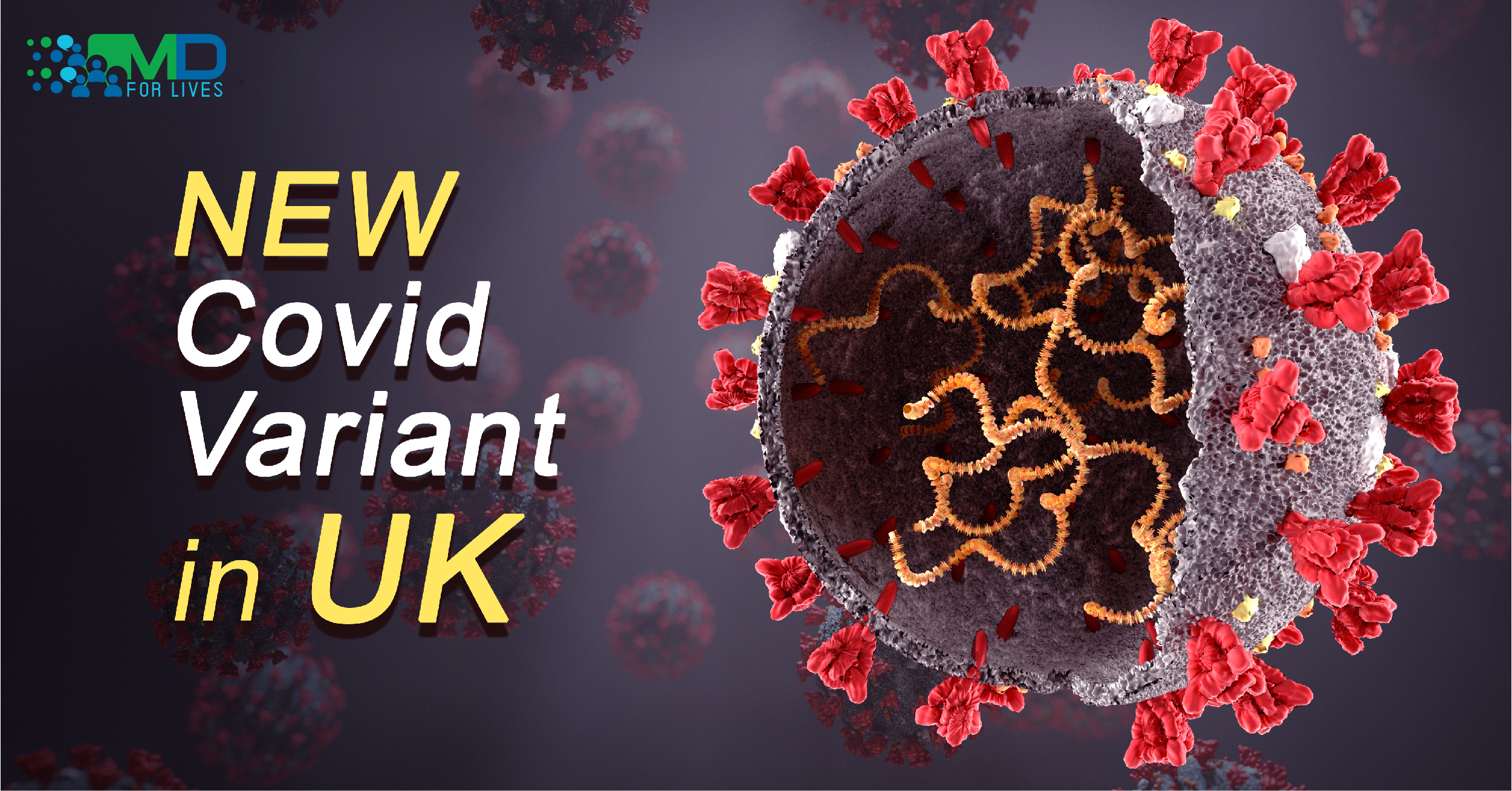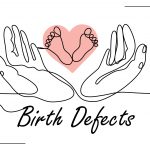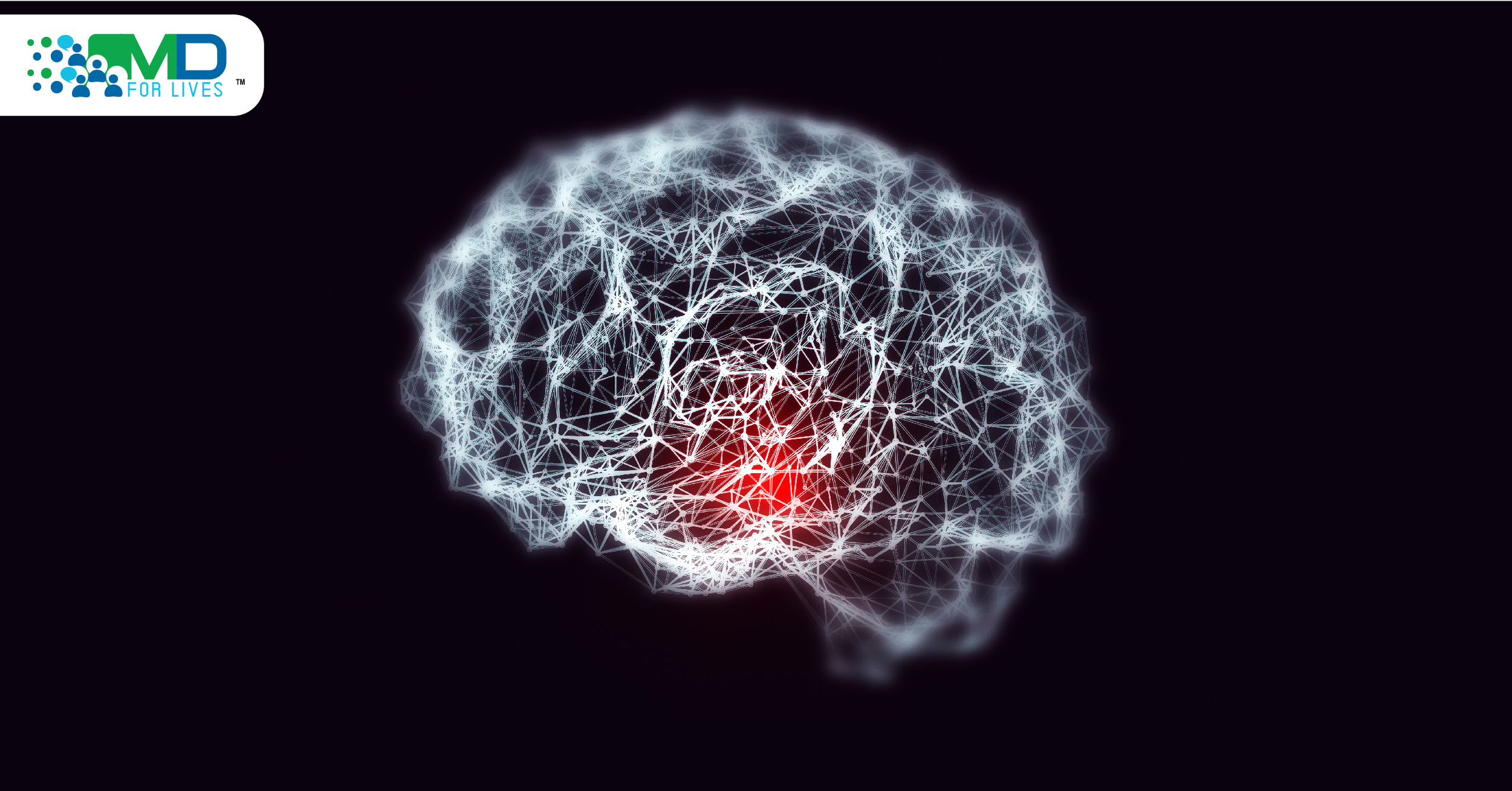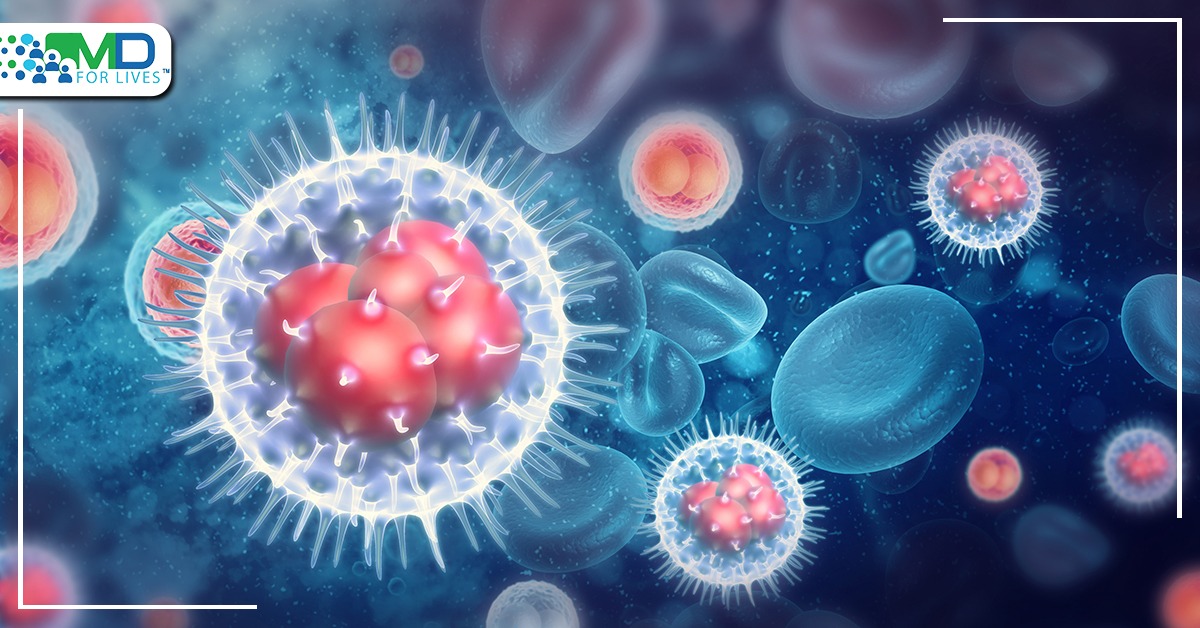According to recent cases, the SARSCOV2 had undergone a viral mutation that increases viral replication in the lungs, thus improving its infectivity and viral fitness, which ultimately poses a new risk to humanity [1]. Less than a month from discovering the latest variant in the UK, it had spread from the United Kingdom and throughout the rest of the world [2]. While new studies need to establish its definitive effects, a viral mutation is not good news in any case. How did SARSCOV2 undergo such a complicated mutation? What are the clinical implications of this, especially since the mutation happened on the vaccine target protein? Would the newly introduced vaccines still work for them?
SARSCoV2: The viral profile
SARSCoV2, abbreviated from Severe Acute Respiratory Syndrome-like and its viral aetiology the Coronaviruses (CoVs), have rapidly spread that wrecked the whole world, from the world health aspects and beyond. [3] These coronaviruses are enveloped RNA-virus, which are both essential for the development of today’s vaccine, as a part of the envelope protein, and the genomic RNA are both used for recognition and development of immunity against the dreaded virus [4]. They belong to the order nidovirales and are among the largest groups of viruses, related to the Coronavirus infections for the past millennium: from bronchitis virus (IBV) in chickens (1937), and murine hepatitis viruses (MHV) transmitted from mice (1949) up to SARS from Woshan, China (2002-2003), Middle Eastern Respiratory Syndrome (MERS-CoV), first seen in Zarqa, Jordan, (2012), and COVID-10 by SARS-CoV2 developed in Wuhan, China (2019) and is still wreaking havoc up to present [5].
The key to its infectivity, pathophysiology, and patient reach is through its ability to recognize and target the angiotensin-converting enzyme 2 (ACE-2) in the lungs, which was found to be similar to the rhinolophid bat variant of the coronavirus [6]. This is detected through real-time PCR, where the genetic sequence is recognized for a definitive diagnosis [7]. But are these the same with the SARS-CoV2 variant that has undergone a mutation?

SARSCOV2: Viral mutation
In actuality, viruses are expected to mutate within the duration of their existence, at around one or two mutations at a time, but these few numbers of mutations do not alter much of its physiology and infectivity. The faster rate of viral replication has made it prone to errors making mutations more frequent than usual, and without the natural regulating mechanism of eukaryotic cells to deal with genetic errors, the virus would have to carry on with these genetic glitches. Usually, these mutations bring about weaker variants, as the variations in the properties result in virions that are more susceptible to environmental insults [8]. But what difference did this mutation do to SARSCoV2 that gravely augmented its viral properties?
Instead of the usual one or two mutations, the SARSCoV2 was found to have developed 17 mutations [9]. It was found by the COVID-19 Genomics UK (COG-UK) consortium who does random sampling and genomic analysis and has worked with 140,000 viral sequences, at present. This is important to trace different variants of the virus, that can potentially worsen the infectivity of the SARSCoV2. This effectively revealed a new variant –.the VUI-202012/01, with VUI standing for “Variant Under Investigation,” bring the first VUI in December 2020. These sets of mutations combined in one variety greatly improve the success in the entirety of the existence of the virus and are objectively looked at as viral fitness.
Viral fitness is the extent of viral adaptation to the host environment including host immunity, drug resistance, and replication capacity [10]. This shows the traits that the virus has in order to survive in the host environment, such as replicative success, drug resistance, and to attain dominance against host immunity. With the emergence of SARSCoV2, variant VUI-202012/01, equipped with 17 new mutations, may affect the viral fitness of this dreaded virus, and the overall disease management of COVID19.
Mutant implications to the vaccine efficacy
With all of these in mind from the mutations to the amplified viral fitness of SARSCoV2, people may be wondering if the efficacy of the vaccines is affected. But first, how do we gauge the success and efficacy of a vaccine.
The overall goal of the recently developed vaccines is to prevent severe illness and mortality from COVID19, through significant reduction of viral infection, the incidence of illness, and prevention of transmission [11]. These are usually assessed through clinical trials, but due to the current pandemic, the present calls for more urgent development of these vaccines. Now that these are released throughout the world, would these still have effects on the newer variants?
For normal mutations including one or two sites in the genome, a vaccine for that specific virus is less likely affected due to the low degree of change in the viral property [8]. The difference in the current variant of SARSCoV2 is that the protein that mutated, the Spike protein, is one of the specific targets of the vaccine. According to studies, however, these vaccines are made to target multiple sites of the protein, and thus this change may have limited effects on the efficacy of the vaccines.
However, it must be noted that viruses through the years may accommodate more mutations, though not all of these are necessarily worse than the infectious variant. If a significant amount of change occurs, this shall warrant updates on the current vaccine for that specific virus [8]. In the case of SARSCoV2, it does not mutate as rapidly as compared to other viruses.
Conclusion
Overall, the general capacity of the currently developed vaccine to induce immune response is known to be effective in multiple sites of the target viral proteins, and thus still has a significant effect in preventing SARSCoV2 infection. Standard hygiene and personal protective equipment are still the best way to eliminate transmission and contraction of the disease, so adequate compliance with these citizen-level measures are still expected of us.








2 Comments
World Health Day 2020: Thanks to Nurses and Midwives - MDforLives
5 years ago[…] March 2020, the deadly SARS-CoV2, a novel coronavirus known to cause the COVID-19, continue to reach its peak. Day after day, […]
World Health Day 2020: Thank You, Nurses, and Midwives! - MDForLives
4 years ago[…] March 2020, the deadly SARS-CoV2, a novel coronavirus known to cause the COVID-19, continue to reach its peak. Day after day, […]